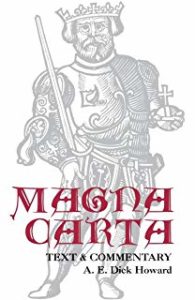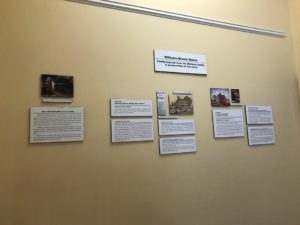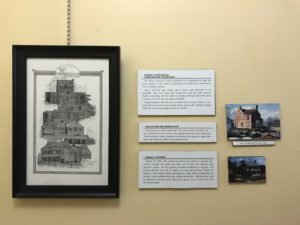This is the first of many posts I will make regarding my current internship and as such, it may be just a little bit lengthy. I am interning at the Center for Teaching the Rule of Law which is an on-campus group that, as you can gather from the title, teaches the rule of law and provides resources to teachers on the subject. While interning here I am going to be working on compiling and creating just such a resource. My primary task at the Center is to create a PowerPoint presentation detailing how Magna Carta influenced the United States constitution. I am also going to explore why/how Magna Carta has influenced the American government more so than the British Government and also how it has influenced the constitutions of other countries governing documents.
For the past week, my internship duties have been mainly researching and becoming familiar with the rule of law and Magna Carta. The director of the center has given me plenty of reading to do and it has occupied most of my time. I have mainly been reading research papers on the rule of law by Brian Tamanaha, as well as The Rule of Law by Tom Bingham (who are both experts on the topic). I have also done quite a bit of research on Magna Carta. One thing I found very interesting and helpful was a lecture by A.E. Howard about Magna Carta on the Virginia Museum of History and Culture’s website; I am also reading a book by Howard about Magna Carta that I think will be very useful in relating Magna Carta to the individual governmental documents. For my PowerPoint, I think I would mainly like to focus on how Magna Carta influenced the U.S. constitution and why/how Magna Carta has influenced the American government more so than the British Government. I think the best way to organize the PowerPoint would be to have several sections addressing the different topics. So as a tentative starting point it could look something like 1. What is Magna Carta/history of Magna Carta, 2. How Magna Carta influenced the American government (this would probably be the biggest section and would need its own subsections), 3. Influence, or lack of, Magna Carta on English government and why this differs from America, 4. Why this is important/conclusion. As I get further into the research I will probably add a few more sections to this.










